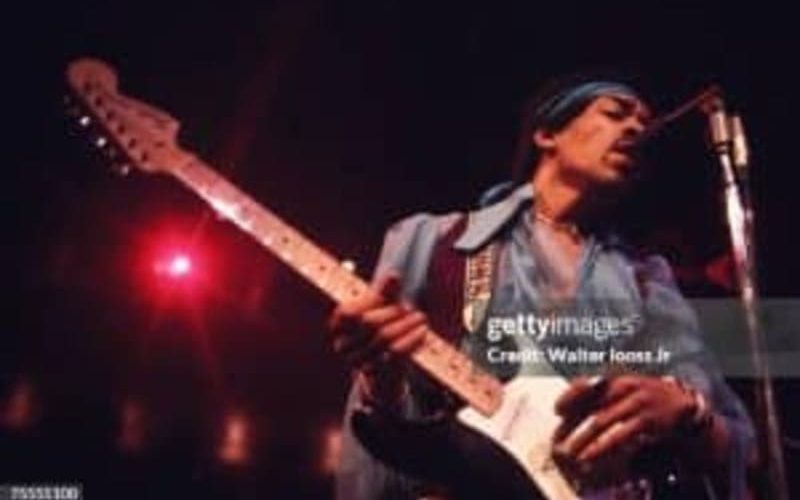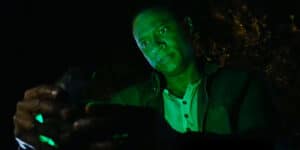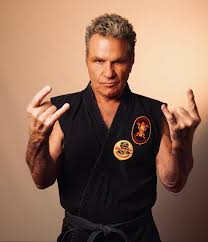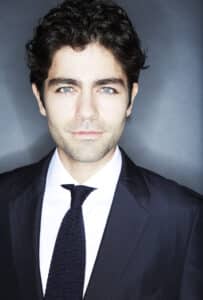As the 1960s rolled into society, a shift toward psychedelic rock groups became more prevalent as the world changed in many ways. The Vietnam War dominated headlines in the United States. Young people became socially active, making their anti-war voices heard. Political challenges were all over the place, especially after the assassinations of Martin Luther King Jr. and Robert F. Kennedy. It was through the power of music that young musicians tapped into new sounds. This was not a one-time deal, though. Music provided a gateway for imagination, creativity, and expression. Young people did not let this opportunity slip past them. That’s especially true for musicians who were alive and well.
Jefferson Airplane Found A Place In Psychedelic Rock
San Francisco was a hotbed for psychedelic rock music in the 1960s. Numerous groups played places like the Fillmore West and Winterland back in the day. Jefferson Airplane established itself as one of the city’s top bands. It was led by Paul Kantner, Jack Casady, Jorma Kaukonen, and Spencer Dryden providing the melody and beat.
Additionally, Grace Slick and Marty Balin’s vocals soared through their records. But their voices could also be kind and tender on slower-paced songs. Surrealistic Pillow, their signature album, was released in 1967. White Rabbit, the band’s take on Alice in Wonderland, and Somebody to Love received massive radio play when they were first released.
Classic rock radio plays those songs all the time. Comin’ Back to Me, a beautiful song with Balin on lead vocals, also picks up radio time. At one point, Casady and Kaukonen left Jefferson Airplane and formed Hot Tuna. Later on, Jefferson Starship was created with some Jefferson Airplane members on board. They had notable hits in Jane and We Built This City.
Listening to Slick’s voice or Balin’s octave-raising vocals are cornerstones to Jefferson Airplane.
Jimi Hendrix Experience Put It All Together
What hasn’t been said about the Jimi Hendrix Experience? Over the years, that distinctive Fender sound from Jimi Hendrix has encouraged millions of guitar players. Hendrix got together with Mitch Mitchell on bass and Noel Redding on drums while in London.
During their time together, they put out three albums: Are You Experienced and Axis: Bold as Love in 1967 and Electric Ladyland in 1968. The Jimi Hendrix Experience had a hit with Hey Joe, which reached No. 6 on the United Kingdom charts. Purple Haze made it up to No. 3 on the UK charts. But it didn’t even dent the Top 20 on Billboard, peaking at No. 65. In later years, Purple Haze received accolades from the Grammy Hall of Fame.
Later on, Hendrix recorded his version of the Bob Dylan classic All Along the Watchtower for Electric Ladyland. By June 1969, Redding left the group. Mitchell stayed in and around Hendrix’s world, sitting in with him on occasion. Hendrix’s influence as a guitar player and creative in-studio mind was present in his future work. He recorded Band of Gypsys live at the Fillmore East on January 1, 1970.
It marked a change in Hendrix’s career. This was his first album without the Jimi Hendrix Experience lineup. Before 1970 was done, he was dead at 27 years old.
The Byrds Provided A Unique Sound
Some may ask why the Byrds are included here. Well, they played an important part, more individually than together. In 1964, guitarist Roger McGuinn (also known as Jim McGuinn), David Crosby, and Gene Clark got together to form a trio. Then, in 1965, the Byrds added Chris Hillman and Michael Clarke to the lineup. By 1966, Clark left the group.
This Los Angeles-based group helped bring folk rock’s sound alive. McGuinn’s very distinctive 12-string Rickenbacker guitar sound provided solid ground for the Byrds’ songs. Mr. Tambourine Man, their version of Bob Dylan’s song, and Turn, Turn, Turn (to Everything There Is a Season), a remake of Pete Seeger’s song, put the Byrds on the musical map.
While folk rock is different, there are times when this can blend with other styles. Case in point: 1965’s Eight Miles High, where McGuinn’s guitar harkens back to Ravi Shankar’s sitar sound. Younger Than Yesterday, the Byrds’ fourth album, brings even more of an iconic sound to their music.
Numerous lineup changes took place within the Byrds in the ensuing years. Gram Parsons even joined the band and added a country rock sound. Individually, Crosby went on to join Stephen Stills and Graham Nash. Don’t fret, though. The Byrds’ music and sound stands out.
For More Great Content
Check out all the great content Total Apex Sports has to offer. Check us out on X @TotalApexEandG and our other sites: Total Apex Sports Bets and Total Apex Fantasy Sports.








